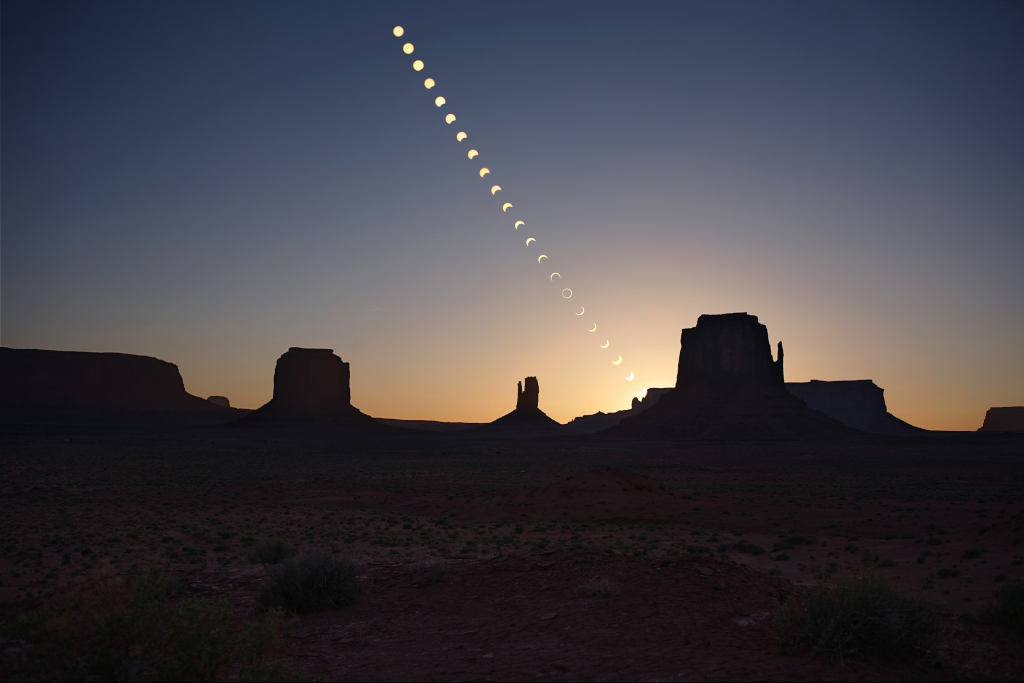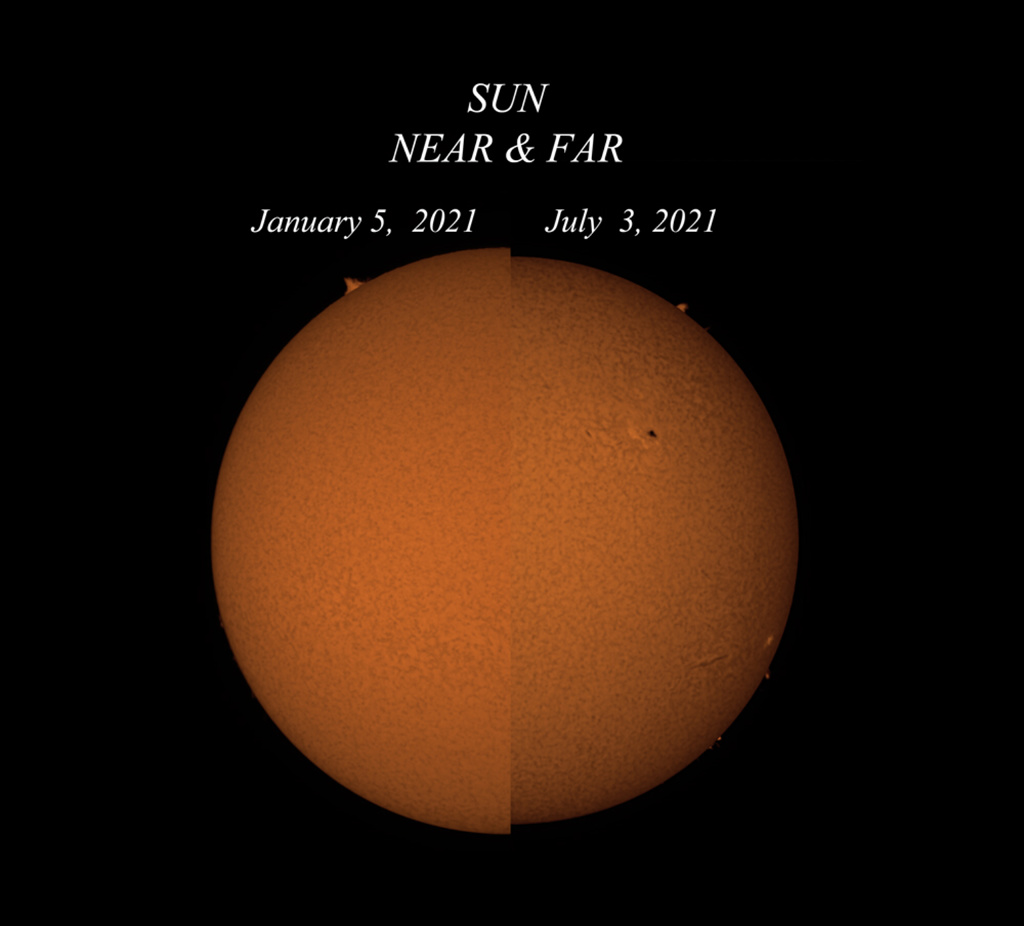日晕与太阳
2024年1月13日 Circling the Sun Image Credit & Copyright: Radoslav Zboran Explanation: Earth’s orbit around the Sun is not a circle, it’s an ellipse. The point along its elliptical orbit where our fair planet is closest to the Sun is called perihelion. This year, perihelion was on Januar […]




